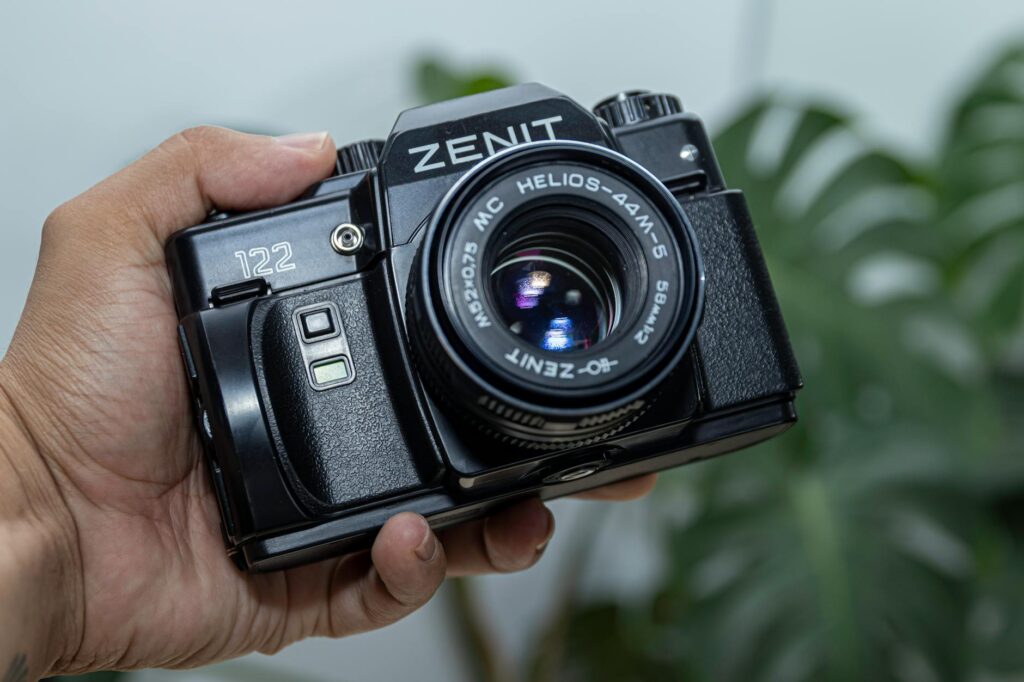What is mnemonic devices?

What is mnemonic devices?
Mnemonic devices are powerful tools that enhance memory retention and recall. These techniques tap into the way our brains process information, making it easier to remember complex concepts or lists. In an era where productivity is paramount, incorporating mnemonic devices into study habits can significantly improve learning outcomes and efficiency.
Understanding Mnemonic Devices
At their core, mnemonic devices are memory aids that help individuals recall information more easily. They function by associating unfamiliar information with something more familiar or easier to remember. Instead of trying to memorize a list of items or complex concepts outright, you craft a link between new information and existing knowledge, creating a mental shortcut.
History of Mnemonic Devices
The use of mnemonic devices dates back to ancient times. The Greeks and Romans relied heavily on these techniques to memorize lengthy speeches and texts. One notable example is the method of loci, where individuals visualize a familiar place and associate items they want to remember with specific locations in that space. This method has evolved, but its core principle remains relevant today. Understanding the historical context of mnemonic devices provides insight into their enduring effectiveness.
Types of Mnemonic Devices
Mnemonic devices come in various forms, each serving a unique purpose. Here are some common types:
-
Acronyms: Create a word from the first letters of a series of terms. For example, using “HOMES” to remember the Great Lakes: Huron, Ontario, Michigan, Erie, and Superior.
-
Visualization: Associating an image with the information can help solidify it in memory. Picture the sun when trying to remember the word “solar.”
-
Chunking: Breaking down large pieces of information into smaller, manageable chunks. A phone number, for example, is easier to remember in segments (123-456-7890) rather than as a whole.
-
Rhymes and Songs: Creating a catchy tune or rhyme can make information stick. Think of how we remember the alphabet through the “ABC” song.
Understanding these types allows you to choose the best approach for your learning style.
Benefits of Using Mnemonic Devices
Utilizing mnemonic devices offers numerous advantages, particularly in personal development and study techniques.
Enhancing Memory Retention
Studies have shown that mnemonic devices can significantly improve memory retention across various contexts. By encoding information in a way that makes sense to you, these techniques strengthen your memory pathways. Research from the National Center for Biotechnology Information highlights that mnemonic strategies can enhance both short-term and long-term memory, particularly for complex information.
Boosting Productivity and Study Habits
Incorporating mnemonic devices into your study routine can lead to better productivity. When you can recall information quickly and accurately, you spend less time struggling with memorization. This efficiency can lead to more effective study sessions and improved performance in academic settings. Techniques, like those discussed on Psych Central, help students and adults alike in recalling larger pieces of information.
Implementing Mnemonic Devices in Daily Life
Integrating mnemonic devices into your daily routine is straightforward and can enhance both personal and professional productivity.
Creating Custom Mnemonics
Start by tailoring mnemonic devices to suit your learning style. For example, if you’re a visual learner, try associating images with the information you want to remember. If you’re more auditory, create a song or rhyme. The more personalized your mnemonic, the more effective it will be in helping you remember.
Examples of Mnemonic Devices in Action
Consider a situation where you need to memorize a grocery list. Instead of writing down “milk, eggs, bread, and apples,” you might create an acronym like “MEBRA.” Or, if you need to remember a sequence of tasks, visualize each task as a distinct item in your home—each located in a different room. This approach not only helps you remember but also makes the process more engaging.

Photo by Joel Alencar
Conclusion and Final Thoughts
In summary, mnemonic devices are invaluable tools for enhancing memory retention and productivity. By understanding the various types of mnemonic devices and how to implement them in daily life, you can transform your approach to learning and personal development. I encourage you to experiment with these techniques, whether for studying, work tasks, or everyday life. You might be surprised by how effective they can be in boosting your memory and overall efficiency!